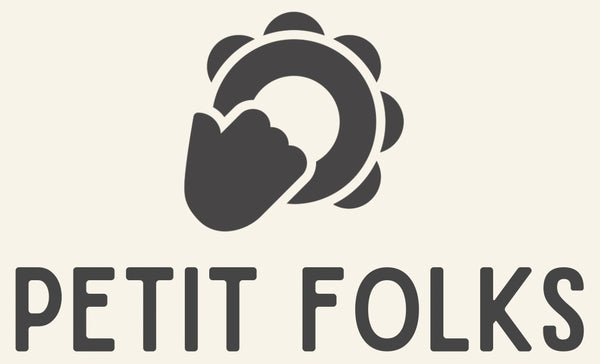
Sustainable Toy Choices
Share
Promoting Eco-Friendly Playtime for Kids
As conscious consumers, we have a significant role in shaping a sustainable future for our children. The demand for eco-friendly toys has been on the rise, reflecting our growing awareness of environmental issues. This article explores the importance of sustainability in toys and highlights key features found in brands like Petit Folks.
Embracing Natural Materials
Choosing toys made from natural materials is a fundamental aspect of sustainable play. Opting for wood instead of plastic not only reduces our reliance on non-renewable resources but also contributes to the preservation of forests.
Choosing toys made from wood sourced from fast-growing plantations offers several benefits. Fast-growing trees reach maturity quicker, allowing for more sustainable harvesting practices. This approach reduces the strain on natural forests, which play a crucial role in maintaining biodiversity and mitigating climate change. By supporting plantations, we promote responsible forestry management, reduce deforestation, and ensure the long-term availability of wood resources without compromising the delicate balance of forest ecosystems.
By selecting toys made from wood sourced from fast-growing plantations, such as those offered by brands like Petit Folks, we promote sustainable forestry practices and contribute to the preservation of natural habits while providing our children with a tactile and safe play experience.

Plastic-Free Design and Packaging
Plastic waste has a detrimental impact on our environment. Therefore, it is essential to choose toys that minimize or eliminate plastic content. Eco-friendly toy brands prioritize plastic-free designs and packaging. By opting for plastic-free toys, we actively contribute to reducing plastic waste and protecting our planet for future generations.
Eco-Friendly Production Processes
Sustainable toy brands go beyond material choices and employ eco-friendly production processes to minimize their environmental footprint. One example are innovative printing methods like UV LED printing, not only to create vibrant and long-lasting designs but also to reduce energy consumption and eliminate the need for harmful chemicals. These practices ensure that toys are both visually appealing and environmentally conscious.
Unlike traditional printing methods that use solvent-based inks, UV LED printing uses UV-curable inks that are instantly cured by UV LED lights. This process eliminates the need for harmful solvents and significantly reduces volatile organic compounds (VOCs) emissions. Additionally, UV LED printing provides vibrant and high-resolution prints with excellent durability.

Non-Toxic Finishes
Children's toys should be free from harmful chemicals and toxins. Sustainable toy brands prioritize the use of non-toxic finishes. By opting for water-based varnishes and natural dyes, these brands ensure that toys are safe for children to play with while reducing the release of harmful substances into the environment.
Ethical and Local Production
Supporting ethical and local production is another essential aspect of sustainable toys. By choosing brands that prioritize local manufacturing, we contribute to reducing carbon emissions associated with long-distance transportation. Brands like Petit Folks emphasize local production, supporting artisans and fostering a sense of community while minimizing their ecological impact.
By making thoughtful choices when selecting toys for our children, we can actively promote a greener and more sustainable future. Embracing natural materials, opting for plastic-free designs and packaging, supporting eco-friendly production processes, and prioritizing non-toxic finishes are all crucial considerations. Brands like Petit Folks exemplify these sustainable practices, offering toys that are both environmentally conscious and enjoyable for children. Together, we can empower our children to appreciate the value of sustainability and foster a deep respect for our planet.
